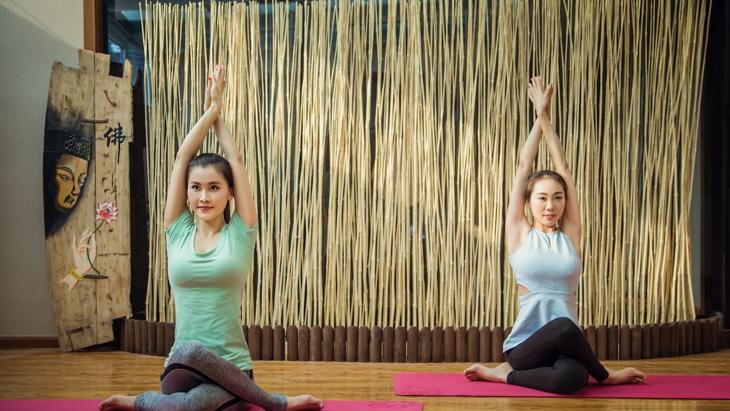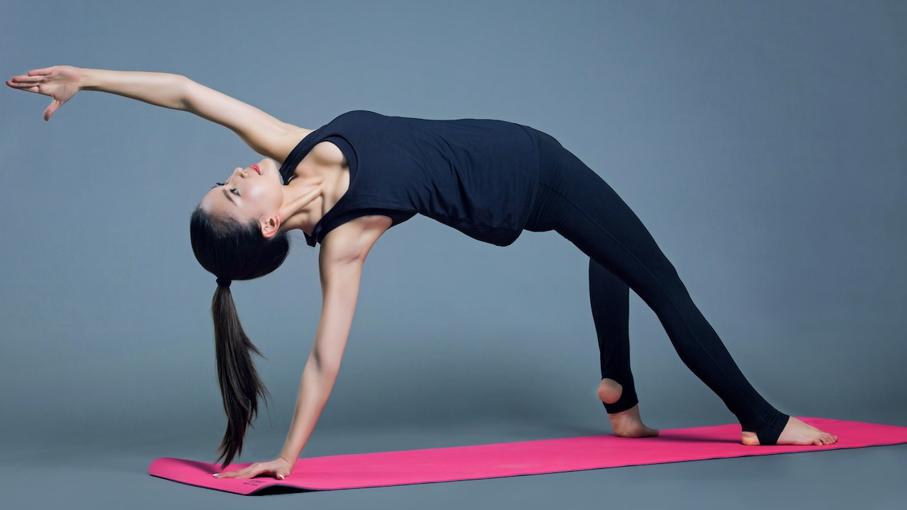Posture is the position in which you hold your body while standing, sitting, or lying down. It affects your overall health, wellbeing, and even performance in sports. Good posture can help you prevent chronic pain and maintain a healthy lifestyle. In this article, we’ll explore the science behind posture and what you can do to improve yours.
What Is Posture?
Posture is the position of the body when standing, sitting or lying down. It is important because it helps us move better and avoid injury. Poor posture can lead to problems such as chronic pain in the spine, neck, shoulders and hips as well as tension headaches and fatigue. Good posture on the other hand can help reduce pain and discomfort while improving breathing and circulation.
The Science Behind Posture
When it comes to posture there are two main components: mechanics (how your body moves) and physiology (how your body functions). Mechanics refers to how joints move when in different positions while physiology is related to how muscles contract or relax in order to maintain balance. Together these forces work together to help keep our bodies upright with good alignment from head to toe.

The way we sit or stand for long periods of time can have an impact on our postural alignment which may lead to pain due to poor muscle coordination or tightness in certain areas of the body such as the lower back, neck and shoulders. To address this problem we need to focus on stretching exercises that will help improve flexibility while also strengthening weak muscles that contribute to poor posture.
Improving Your Posture
Improving your posture doesn’t have to be complicated but it does require some effort on your part! Here are a few steps you can take:
- Stand up tall – Stand with your feet shoulder-width apart with weight evenly distributed between both feet; keep your head up with chin parallel with the ground; keep shoulders back; engage core muscles; draw belly button towards spine; keep arms relaxed at sides; ensure knees are slightly bent for added stability
- Exercise regularly – Regular physical activity helps strengthen muscles involved in maintaining good postural alignment including core strength exercises like planks and crunches as well as stretching exercises like yoga or Pilates

-
Adjust your workspace – If you work at a desk all day try adjusting things like chair height so that you’re sitting up straight rather than slouching forward; if possible add a footrest for extra support; make sure computer screen is at eye level so that you don’t strain your neck looking down/up too often
-
Mindful movements – Pay attention during everyday activities such as walking, bending over, lifting things etc.; use good form by keeping spine neutral rather than arching or rounding it too much
-
Wear supportive shoes – Wearing shoes that provide adequate support will reduce strain on lower back muscles which could lead to improved postural alignment
Conclusion
Good posture not only looks better but also helps you feel better overall by promoting proper muscle coordination which reduces tension headaches and fatigue while helping support proper spinal alignment which reduces risk of injury over time! With dedication and practice anyone can benefit from improved postural alignment through mindful movement practices such as stretching and strengthening exercises combined with ergonomic adjustments at work including chair height/footrests/monitor positioning etc.. Implementing these steps into daily life will help ensure better quality of life now and into the future!

 The Science of Retirement Planning: How to Plan and Save for Retirement
The Science of Retirement Planning: How to Plan and Save for Retirement